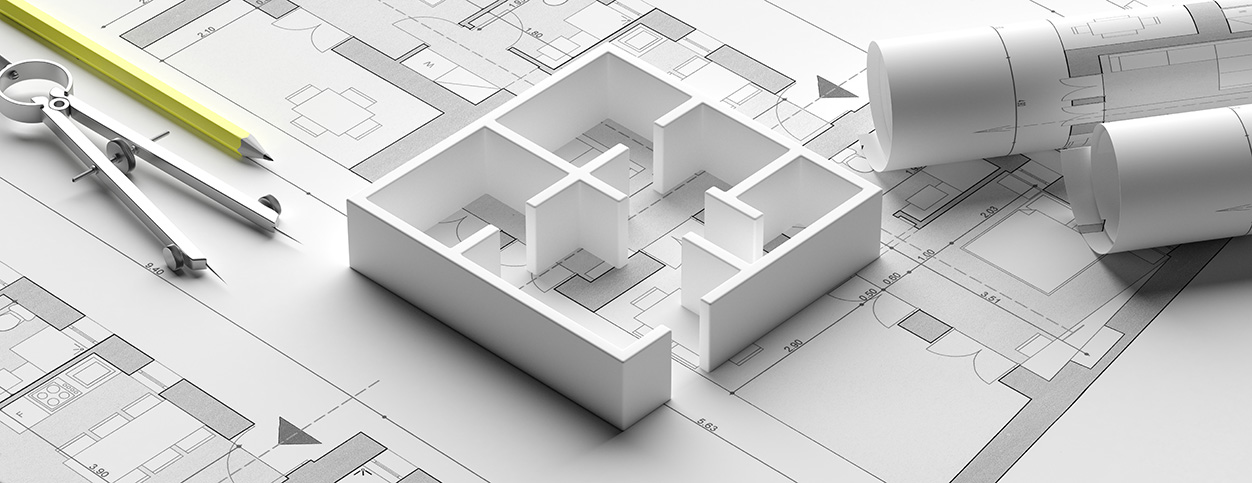The End is Nigh: Statutes of Repose

Bills are anticipated to be filed in the current Texas Legislative Session to reduce the statute of repose. In general, the statute of repose in Texas for design professionals and contractors is 10 years from the date of substantial completion. There are means of extending the repose period even further. The bills introduced in the last Legislative Session and anticipated to be filed in the current one aim to reduce the period to 7 years or less. But, what does it mean and why does it matter?
1. Limitations v. Repose
Claims against design professionals and contractors relating to construction or repairs to improvements to real property are governed by both statutes of limitation and statues of repose. Statutes of limitation create a maximum time period during which a specific claim can be filed. For instance, breach of contract claims carry a 4-year statute of limitations period, with the 4-year period accruing at the time of breach. Negligence and other tort-related claims carry a 2-year statute of limitations which accrue when the damage occurred or in more limited applications when the damage was discovered.
Statutes of repose serve a slightly different purpose. They seek to terminate a designer’s or contractor’s liability after a certain number of years have passed. In Texas, that certain number is 10 years, measured from the date of substantial completion. Even if the claimant’s causes of action are not barred by the statute of limitations, they may still be barred by the statute of repose.
2. Statutes of Repose Explained
The Texas statute of repose can be found in Chapter 16 of the Civil Practices and Remedies Code and is divided into two sections. Section 16.008 applies to architects, engineers, interior designers, and landscape architects, whereas section 16.009 applies to persons furnishing construction or repair of improvements, or, more generally, contractors. The causes of action covered under either section includes injury, damage, or loss to real or personal property, personal injury, wrongful death, contribution, and indemnity.
The repose period for designers and contractors is 10 years from the date of substantial completion. Claims or suits brought against designers that arise “out of a defective or unsafe condition of the real property, the improvement, or the equipment” are barred if asserted more than 10 years after substantial completion. On a similar note, claims or suits against contractors that arise “out of a defective or unsafe condition of the real property or a deficiency in the construction or repair of the improvement” are barred is asserted more than 10 years after substantial completion.
This 10-year period, however, can be extended under each section if the claimant provides a written claim for damages, contribution, or indemnity to the party within the 10-year period. If that instance, the period is extended by 2 years from the date of the notice. For contractors, only, the 10-year repose period will not limit actions brought for written warranties, guaranties, or other express provisions that have longer effective periods; against a person in actual possession or control of the real property when the damage, injury, or death occurs; or based on willful misconduct or fraudulent concealment connected to the performance of the construction or repair.
3. Why it matters
Statutes of repose have profound implications on claims relating to defective design or construction. Reducing the repose period, as proposed in bills introduced in the prior Legislative Session and anticipated to be introduced in the current one, creates a curse or blessing, depending on whether you are an owner or contractor.
Owners typically rely on designers and contractors to maintain extensive files regarding the constructed improvements. Except for the most sophisticated ones, owners usually maintain a thin construction file consisting of the ‘record’ drawings, prime contract with the general contractor, and design services agreement with the architect.
Owners of properties frequently allege that they cannot afford or do not see the value to inspect their properties regularly, allowing defects to go unnoticed for long periods of time. Further, when problems arise, the owner may contact the general contractor, subcontractors (assuming a list of them is provided at project close-out), architect or other design consultants and rely on them to make repairs. A relatively lengthy 10-year repose period allows the owner to obtain more complete construction files and determine whether design and/or construction defects caused or contributed to the damage.
The 10 to 12-year repose period, however, creates a long tail period for the designers and contractors to be liable for a project. Witnesses die, and documents are lost, and construction techniques change. When an owner makes a claim against a designer or contractor on the 364th day of the 9th year after substantial completion, it is more than likely that the persons with knowledge of the improvement are long gone. And, even if the witnesses can be found, many times they have only the vaguest recollection of the project. A relatively lengthy 10-year repose period encumbers designers and contractors in developing a stout and fact-driven defense.
The continued efforts to reduce the repose period to 5 or 7 years would necessarily entail owner becoming more vigilant about inspecting the improvements and asserting claims sooner. But it might also increase the number of claims asserted on tenuous facts, with owners unwilling to let repose bar their claims and at that same time, not having comprehensive files to assist in investigating the cause of the damage.
The attorneys in our Austin and Dallas offices have significant experience dealing with the statutes of repose and are available to answer any questions you have and help you understand whether a claim filed against you may be barred. You may contact us at info@gstexlaw.com with any questions you may have.
Legal Disclaimers
This blog is made available by Gerstle Snelson, LLP for educational purposes and to provide general information about the law, only. Neither this document nor the information contained in it is intended to constitute legal advice on any specific matter or of a general nature. Use of the blog does not create an attorney-client relationship with Gerstle Snelson, LLP where one does not already exist with the firm. This blog should not be used a substitute for competent legal advice from a licensed attorney.
©Gerstle Snelson, LLP 2021. All rights reserved. Any unauthorized reprint or use of this material is prohibited. No part of this blog may be reproduced or transmitted in any form or by any means, electronic or mechanical, including photocopying, recording, or by any information storage or retrieval system without the express written permission of Gerstle Snelson, LLP.

